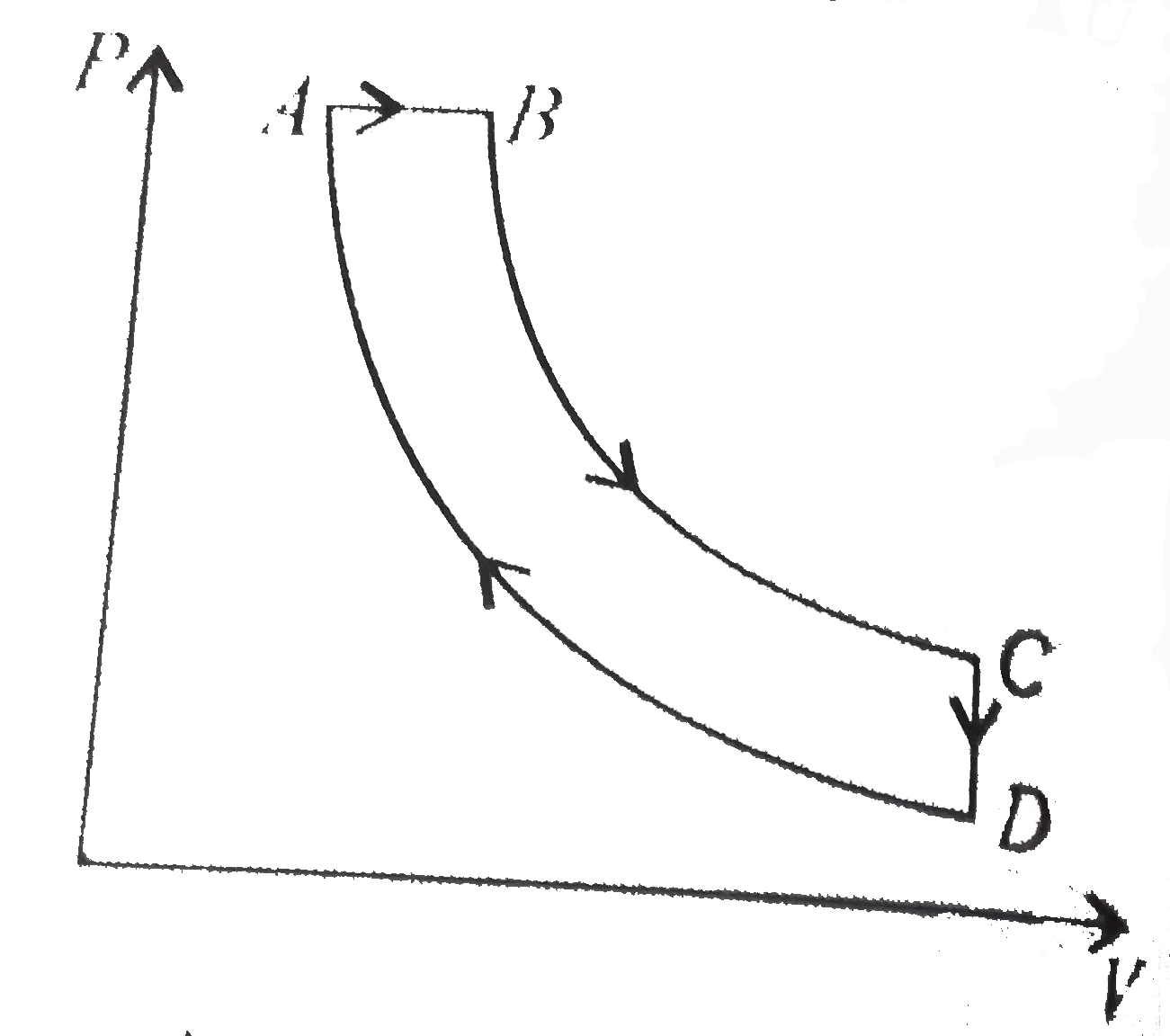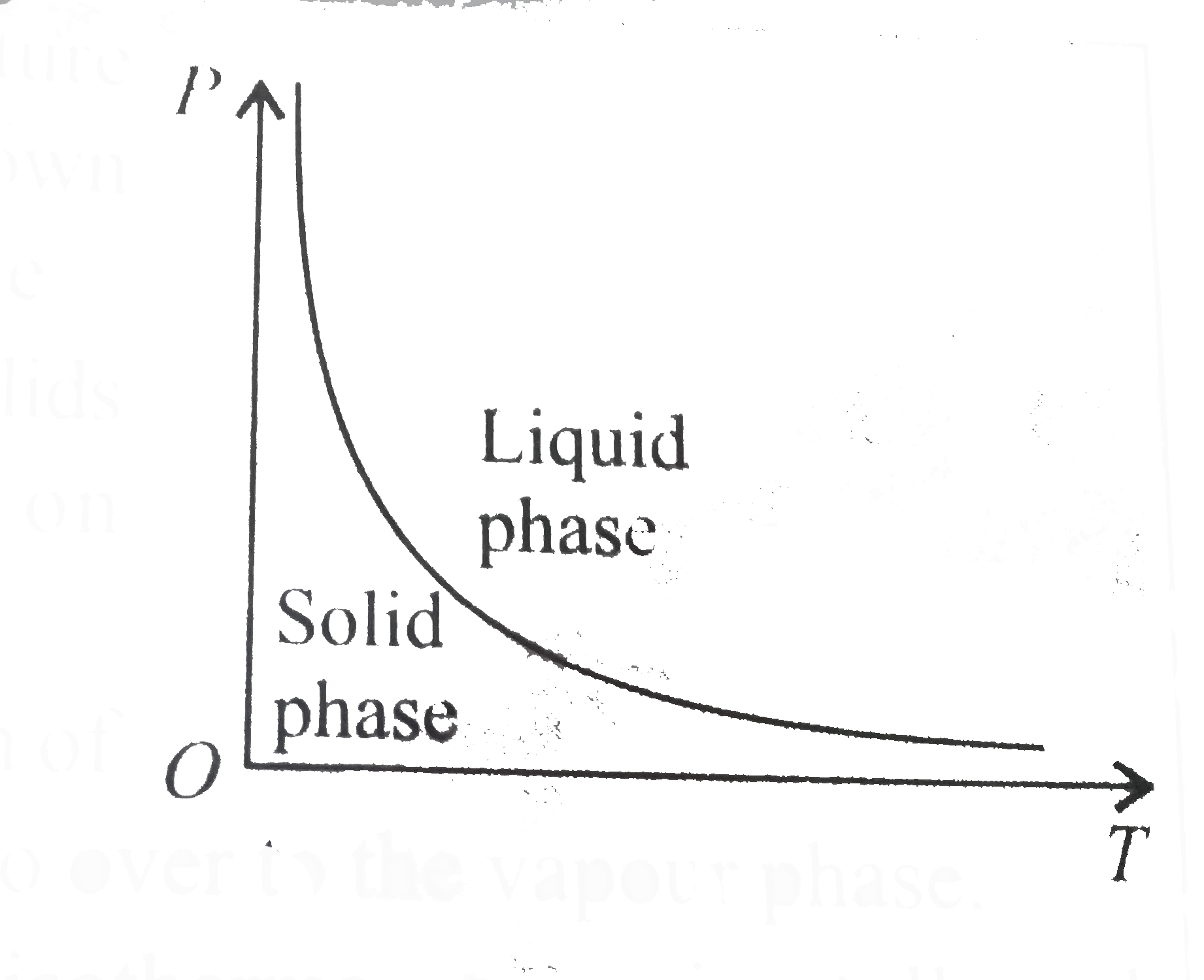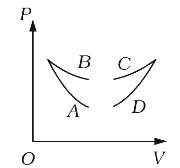Complete Solutions to Ex 6.2 of chapter THERMODYNAMICS of Class 11 book with complete answers and questions
| Class 11 | CHEMISTRY |
| Chapter | THERMODYNAMICS |
| CENGAGE CHEMISTRY | Ex 6.2 |
| Number Of Questions | 27 |
| Academic Year | 2023-24 |
The enthalpy changes for the following reactions at `298k` and `1atm` are given below:
a. `CH_(3)COOH(l)+2O_(2)(g) rarr 2CO_(2)(g) +2H_(2)O(l),DeltaH =- 874 kJ`
b. `CH_(3)CH_(2)OH(l)+3O_(2)(g)rarr 2CO_(2)(g)+3H_(2)O(l),DeltaH =- 1363 kJ`
Calculate the internal enegry changes for these recaitons.
View SolutionThe enthalpy of combustion of benzoic acid `(C_(6)H_(5)COOH)` at `298K` and `1atm` pressure is `-2500.0 kJ mol^(-1)`. What is `DeltaU` for the reaction?
View SolutionThe heat produced by the combustion of `2.0g` of benzene in a bomb calorimeter was found to be `123.6 kJ` at `25^(@)C`. Calculate the enthalpy of combustion of benzene at `25^(@)C`.
View SolutionThe heat liberated on complete combustion of `7.8g` benzene is `327kJ`. This heat has been measured at constant volume and at `27^(@)C`. Calculate heat of combustion of benzene at constant pressure at `27^(@)C`. `(R=8.3 J mol^(-1)K^(-1))`
View SolutionA gas expands from `3 dm^(3)` to `5dm^(3)` against a constant pressure of `3atm`. The work done during the expansion if used to heat `10mol` of water at temperature `290K`. Find the final temperature of water, if the specific heat of water `= 4.18g^(-1)K^(-1)`.
View SolutionDetermine the value of `DeltaH` and `DeltaU` for the reversible isothermal evaporation of `90.0g` of water at `100^(@)C`. Assume that water behaves as an ideal gas and heat of evaporation of water is `540 cal g^(-1) (R = 2.0 cal mol^(-1)K^(-1))`.
View Solution`100mL` of a liquid is contained in an insulated container at a pressure of 1bar. The pressure is steeply increased to `100`bar. The volume of the liquid is decreased by `1mL` at this constant pressure. Find `DeltaH` and `DeltaU`.
View SolutionThe bond enthalpies of `H-H` and `Cl-Cl` are `430` and `242 kJ mol^(-1)`, respectively. If `DeltaH_(f) (HCl)` is `-91 kJmol^(-1)` the bond enthalpy of `HCl` would be
View SolutionTwo moles of a perfect gas undergo the following processes:
a. A reversible isobaric expansion from `(1.0 atm, 20.0L)` to `(1.0 atm, 40.0L)`
b. A reversible isochroic change of state from `(1.0 atm, 40.0L)` to `(0.5 atm, 40.0 L)`
c. A reversible isothermal expansion from `(0.5 atm, 40.0 L) to(1.0 atm, 20.0 L)`
i. Sketch with lables each of the processes on the same `P -V` diagram.
ii. Calculate the total work `(w)` and the total heat change `(q)` involved in the above process.
iii. What will be the values of `DeltaH` for the overall process?
View SolutionThe enthalpy change `(DeltaH)` for the reaction, `N_(2(g))+3H_(2(g)) rarr 2NH_(3g)` is `-92.38kJ` at `298K` What is `DeltaU` at `298K ?`
View SolutionThe difference between the heats of reaction at constant pressure and a constant volume for the reaction `2C_(6)H_(6)(l) + 15O_(2)(g) rarr 12CO_(2)(g) + 6H_(2)O(l)` at `25^(@)C` in `kJ` is
View SolutionA gas present in a cylinder fitted with a frictionless pistion expands against a constant pressure of `1atm` form a volume of `2L` to a volume of `6L`. In doing so, it absorbs `800J` heat form the surroundings. Determine the increases in internal enegry of process.
View SolutionCalcualte `q, w, DeltaU`, and `DeltaH` for the reversible isothermal expansion of one mole of an ideal gas at `127^(@)C` from a volume of `20dm^(3)` to `40dm^(3)`.
View SolutionA swimmer coming out from a pool is covered with a film of water weighing about `80g`. How much heat must be supplied to evaporate this water ? If latent heat of evaporation for `H_(2)O` is `40.79 kJ mol^(-1)` at `100^(@)C`.
View SolutionCalculate `q,w,DeltaU`, and `DeltaH` for this isothermal reversible expansion of 1mole of an ideal gas from an initial pressure of `1.0` bar to final pressure of `0.1`bar at a constant pressure of `273K`.
View SolutionA sample of argon gas at `1atm` pressure and `27^(@)C` expands reversibly and adiabatically from `1.25 dm^(3)` to `2.50 dm^(3)`. Calculate the enthalpy change in this process. `C_(vm)` for orgon is `12.48J K^(-1) mol^(-1)`.
View SolutionAn insulated contains 1mole of a liquid, molar volume `100mL` at 1bar. When liquid is steeply passed to `100`bar, volume decreases to `99mL`. Find `DeltaH` and `DeltaU` for the process.
View Solution`5mol` of an ideal gas at `27^(@)C` expands isothermally and reversibly from a volume of `6L` to `60L`. The work done in `kJ` is
View Solution`10mol` of an ideal gas confined to a volume of `10L` is released into atmosphere at `300K` where the pressure is 1bar. The work done by the gas is `(R = 0.083 L "bar" K^(-1)mol^(-1))`
View SolutionA system absorbs `20kJ` heat and also does `10kJ` of work. The net internal enegry of the system
View SolutionOne moles of an ideal gas which `C_(V) = 3//2 R` is heated at a constant pressure of `1 atm` from `25^(@)C` to `100^(@)C`. Calculate `DeltaU, DeltaH` and the entropy change during the process.
View SolutionA cyclic process `ABCD` is shown in the `P-V` diagram. Which of the following curves represents the same process?

View SolutionA thermodynamic process is shown in the following figure. The process and volumes corresponding to some points in the figure are:
`P_(A) =3 xx 10^(3)Pa`,
`V_(A) =2 xx 10^(-3) m^(-3)`,
`P_(B) = 3 xx 10^(4) Pa, V_(D) = 2 xx 10^(-3) m^(3)`
In process `AB, 600J` of heat is added to the system and in the process `BC, 200J` of heat is added to the system. the change in internla energy of the system in the process `AC` would be

View SolutionIn which of the following indicator diagrams gives below do `AB,BC`, and `CA` represent isothermal, isochroic, and adiabatic changes, respectively?
View SolutionThe pressure -temperature `(P-T)` phase diagram shown below corresponds to the
a. Curve of fusion of solids that expand on solidification.
b. Curve of sublimation of solids that directly go over to the vapour phase.

View SolutionAn ideal gas undergoes isothermal expansion followed by heat removel at constant volume and they by heat removal at constant pressure to the initial volume. The correct descripion of these steps is indicated by
View SolutionFour curves A, B, C and D are drawn in the figure for a given amount of gas. The curves which represent adiabatic and isothermal changes are :

View Solution
Ex 6.2 questions and complete solutions for chapter THERMODYNAMICS of CENGAGE CHEMISTRY (ENGLISH) of Class 11
All Exercises from CENGAGE CHEMISTRY Class 11 CHEMISTRY THERMODYNAMICS
- Archives (Assertion-Reasoning)
- Archives (Fill In The Blanks)
- Archives (Interger)
- Archives (Multiple Correct)
- Archives (Single Correct)
- Archives (Subjective)
- Archives (True/False)
- Ex 6.1
- Ex 6.2
- Ex 6.3
- Ex 6.4
- Ex 6.5
- Exercise
- Exercises (Assertion-Reasoning)
- Exercises (Fill In The Blanks)
- Exercises (Interger)
- Exercises (Linked Comprehension)
- Exercises (Multiple Correct)
- Exercises (Single Correct)
- Exercises (Subjective)
- Exercises (True/False)
- Multiple correct Answer Type
- Paragraph for Problem
- Solved Examples
- True/False Type